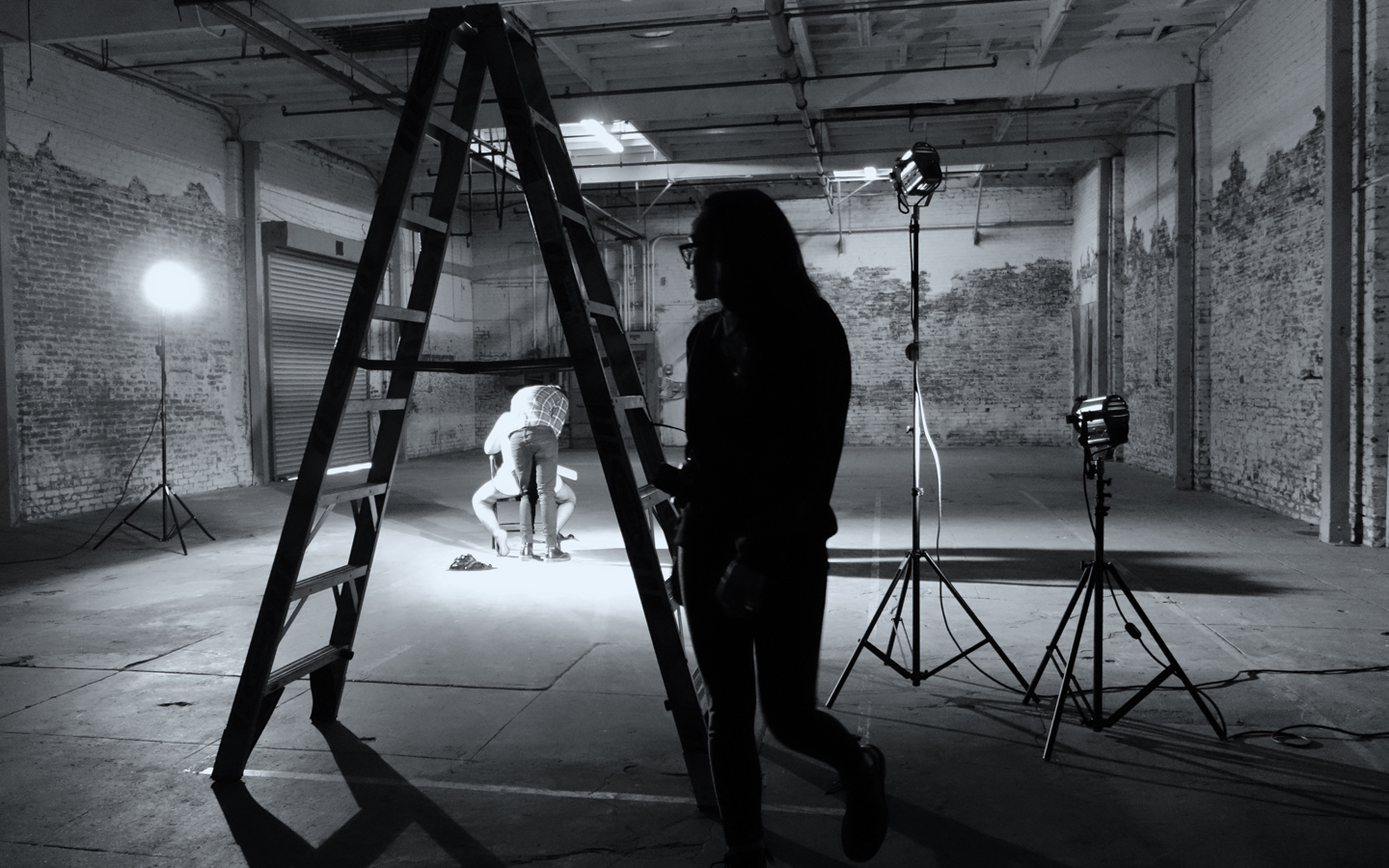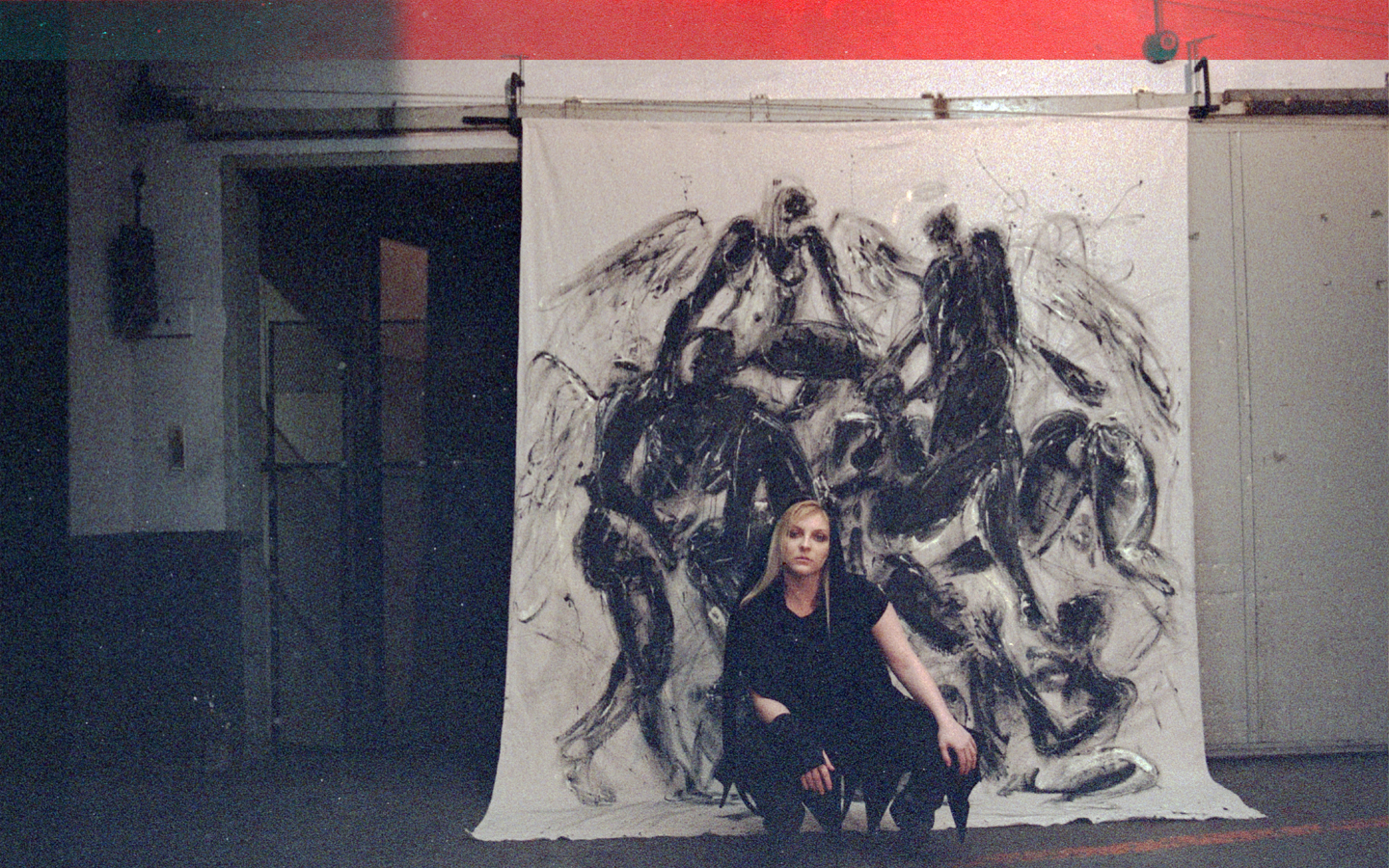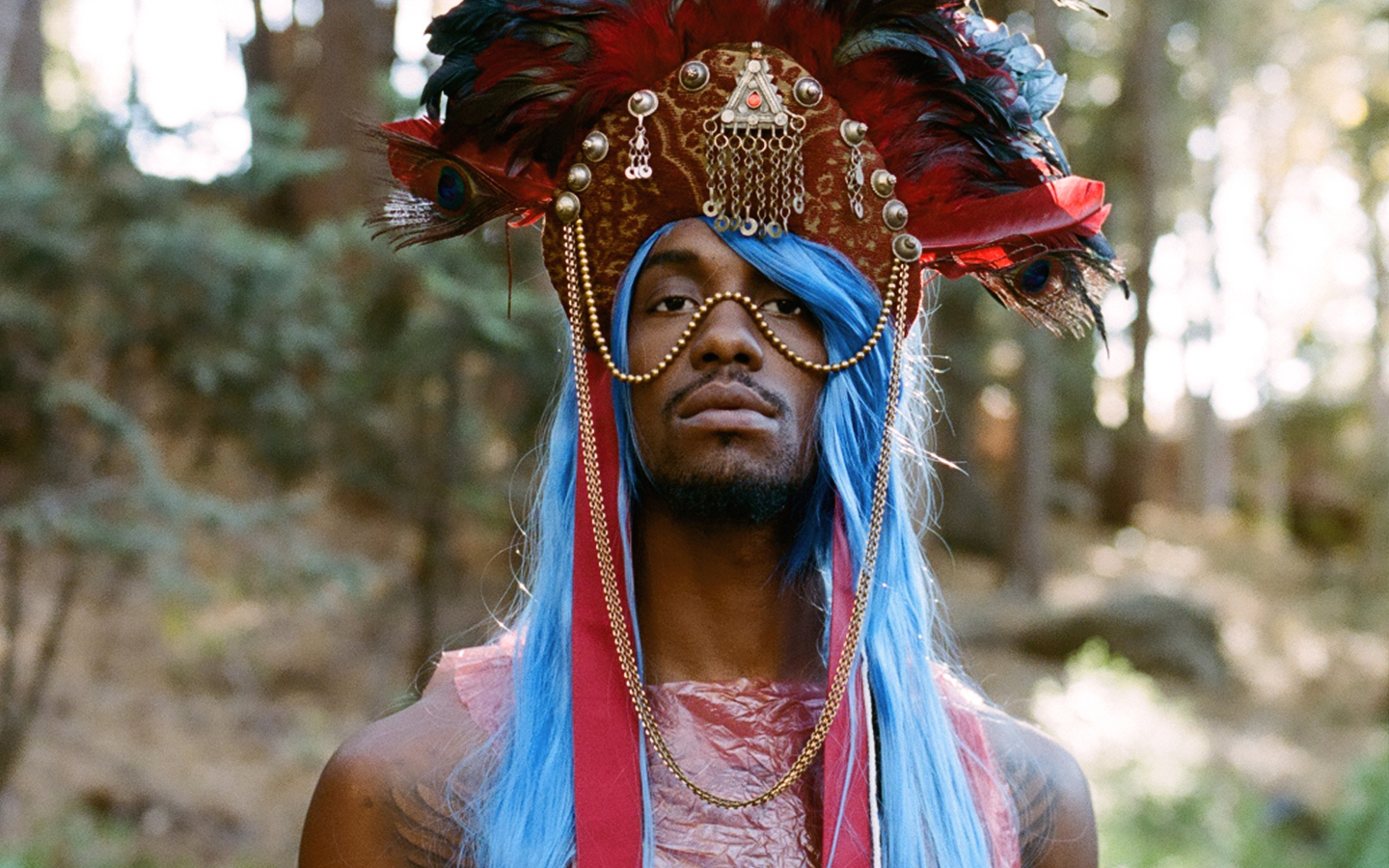
Index Issue 4
TEXT FARIDA AMAR + VIRGINIA RAND
We at SOVO// challenge ourselves to understand who we already are. Sex and gender are core elements of our interiority, but are also how we engage in the external world. The multiplicities and dualities presented a conundrum in our shifting attitudes toward sex and gender. While these aspects of human behavior are ancient—not a byproduct of our modern world—we seem to have come to a crossroads in how our collective experience unfolds. As we come to the end of a heteronormative narrative, the revealed spectrum may leave us both curious and disoriented. Blanket terms such as “queer” have previously found wide acceptance applied to the grey spaces between familiar definitives. But sex is a dialogue, with the self and others, as nuanced and personal yet universal as language. It’s not something you do to others, nor something you take. It is shared, discovered, expanded, and created according to the harmony in conscious engagement. We have come to understand that there is no stringent “correct” blueprint to navigate sexual experience or bodily relationships. We aren’t here to present ourselves as experts or know-it-alls, but to take you by the hand and introduce you to a variety of selected topics which we found compelling.
Sexuality and gender are still met with misunderstanding and mistaken interchangeability. Merely mentioning sex or gender fluidity, in any form, is still dangerous in some places. Assumptions are made about the various layers and many are still uninformed about the distinguishing definitions. Science defines sex by our genitalia at birth. In roughest form, gender pertains to how the individual understands and identifies their own body, mind, or soul, while sexuality encompasses multidimensional behaviors and communications. Roughly. One does not follow the other, and both or either may transform through a myriad of evolutions in a single lifetime, or even moment to moment.
They/them/their, as gender pronouns ascribing to neither male nor female, are more widely understood in singular form than strictly plural. We normalize the acceptance that a person may not appear within, nor relate to, clear-cut boundaries or binaries. We must let go of the need to know: “is that a man or a woman?” We ask ourselves why it has seemed so imperative to distinguish such aspects of others, and why we so willingly accepted ascribed identities of ourselves. In effect, we ask why any of these questions matter. These times enfold the duality of gender being both unimportant, and simultaneously such an imperative exploration. The post-gender era is yet to ingratiate all parts of our society, but the cis-gender reign is in the rear-view.
Where are we in this multiplicity of sex and gender identity? Bearing in mind that social constructs, cultural context, and systems of belief have structured generations of identity, it is no simple endeavor to immediately discard these concepts. We do ask that you suspend preconceived ideation and judgment. In the space of this publication, We invite all to reconsider their beliefs about themselves, and about the nature of sex and gender. The contemporary impulse for survival has been redirected towards concerns of science, technology, politics, recycling, and spirituality. Meanwhile, sex has evolved past basic procreation; the perpetuation of Homo sapiens. Fulfilling Maslow’s hierarchy as a singular entity is hard enough, and many of us choose to not reproduce. In our lives, sex—and everything it encompasses—is another language helping us comprehend shape, sound, sight and touch; relate to ourselves and each other; encode and decode signals and signs which form our understanding. [ Issue 4 ] has been our most challenging and enlightening undertaking, encouraging us to reveal a new realm of consideration with each story, give patience and compassion to ourselves and to one another, and to discover newfound wonder with each new endeavor.
You may also like
Aphrodisiac
Sharing food is one of the sexiest things you can do with your clothes still on. It’s no wonder th
Asexuality
I am asexual. Don’t invalidate me just because you can’t understand or wrap your head around it.
Two Spirit
Long ago, so the Navajo legend goes, there was a separation of the sexes. It was the nádleehi — l




